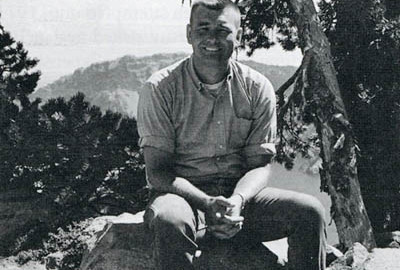36 SEM is scanning electron microscope.
37 Geiger and Larson, “Crater Lake: Its Planktonic Algae,” Mazama (198 I), pp 54 – 59.
38 R. C. Smith, J. E. Taylor, and C. R. Goldman, “Optical Properties and Color of Lake Tahoe and Crater Lake,” Limnology and Oceanography 18:2 (March 1973), pp. 189-199.
39 Goldman, “Summary of Crater Lake Studies and Comparison with the Early Stages of Eutrophication of Lake Tahoe, ” in E.T. Drake, et a1 (eds.) Crater Lake: An Ecosystem Study (San Francisco: Pacific Division of the AAAS, 1990), pp 2 13 – 22 1.
40 Larson, On Reconciling Lake Classification With the Evolution of Four Oligotrophic Lakes in Oregon, Ph.D. thesis, Oregon State University, 1970.
41 Annual visitation has remained around 500,000 since the early 1980s.
42 The current annual budget is somewhere in the neighborhood of $250,000.
43 Peer review of the lake program was conducted in 1984, 1989, 1993, and 2000.
44 The Portland watershed and Mount St. Helens, respectively. For an overview that relates limnological work at Mount St. Helens and Newberry Crater to Crater Lake, see Larson, “Volcanic Lakes of the Pacific Northwest,” Lakeline 18:3 (September 1998), pp 10-19.
45 Robert Sterling. “Letter to Corps angers scientist,” Medford Mail Tribune, December 11, 1987
46 Larson to Miller, 6/25/93; McIntyre to Larson 9120193; both in biographical (History) files, Crater Lake National Park.
47 Examples from the 1980s include James K. Agee and Terri L. Thomas, “Forest Restoration at Sun Creek” (1982) and Kurt Jenkins, et al., “Ecology of Elk Inhabitants Crater Lake National Park” (1988).
48 The Cooperative Park Studies Unit (s) were operating at Oregon State, Washington and Idaho by the early 1980s and usually involved graduate students doing studies related to a masters program under direction of faculty having NPS affiliation.


